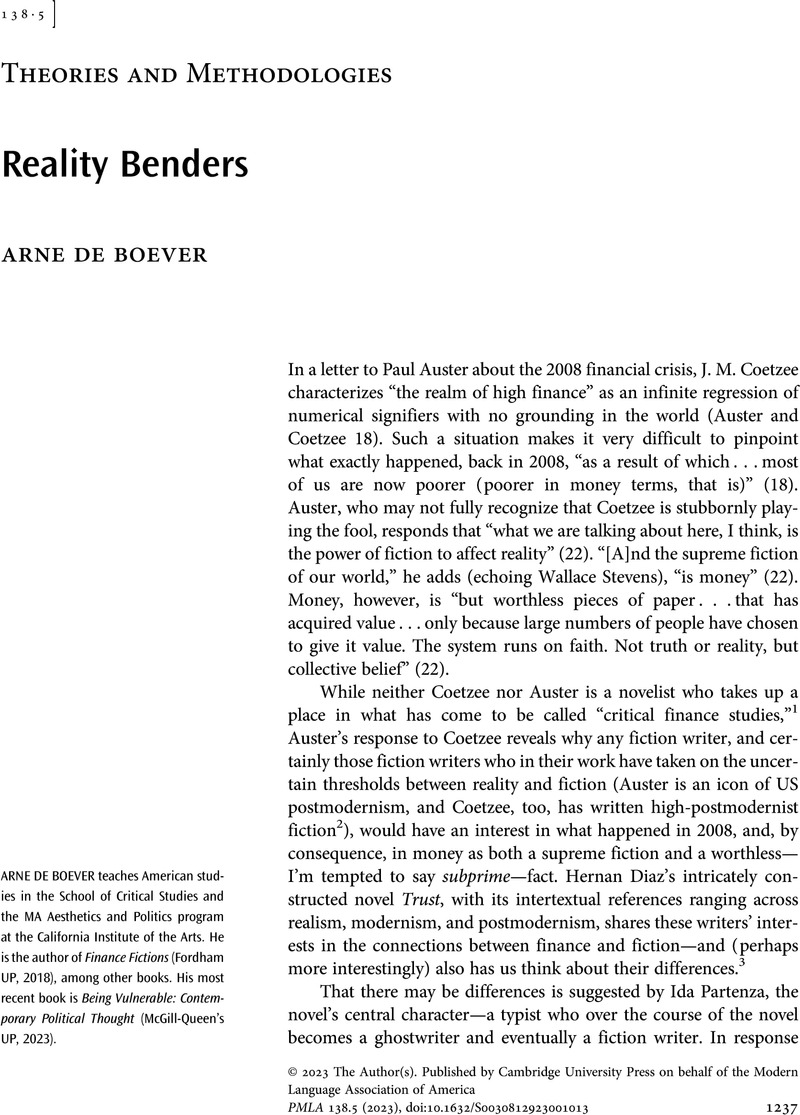Crossref Citations
This article has been cited by the following publications. This list is generated based on data provided by Crossref.
Wang, Hang
and
Li, Yao
2025.
Approaching Postmodern Financial Reality in Hernan Diaz’s
Trust
.
Critique: Studies in Contemporary Fiction,
p.
1.



